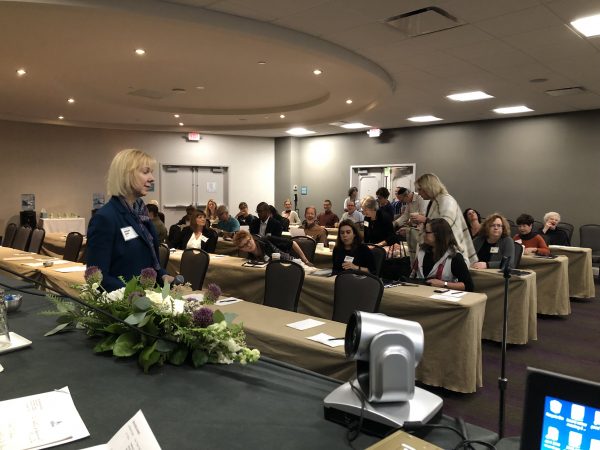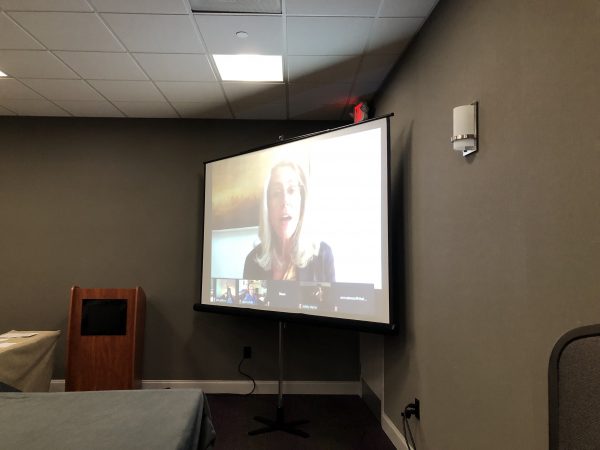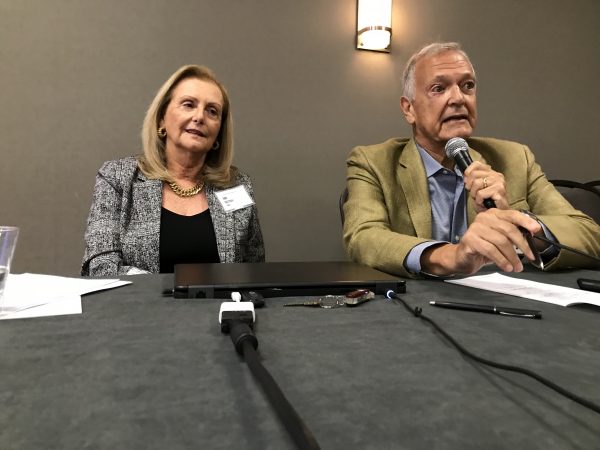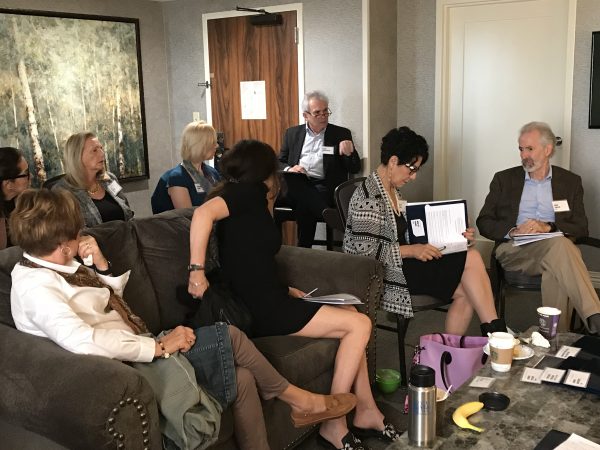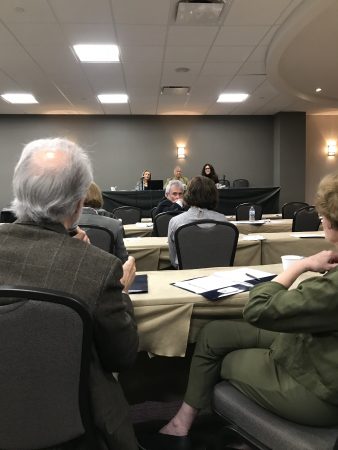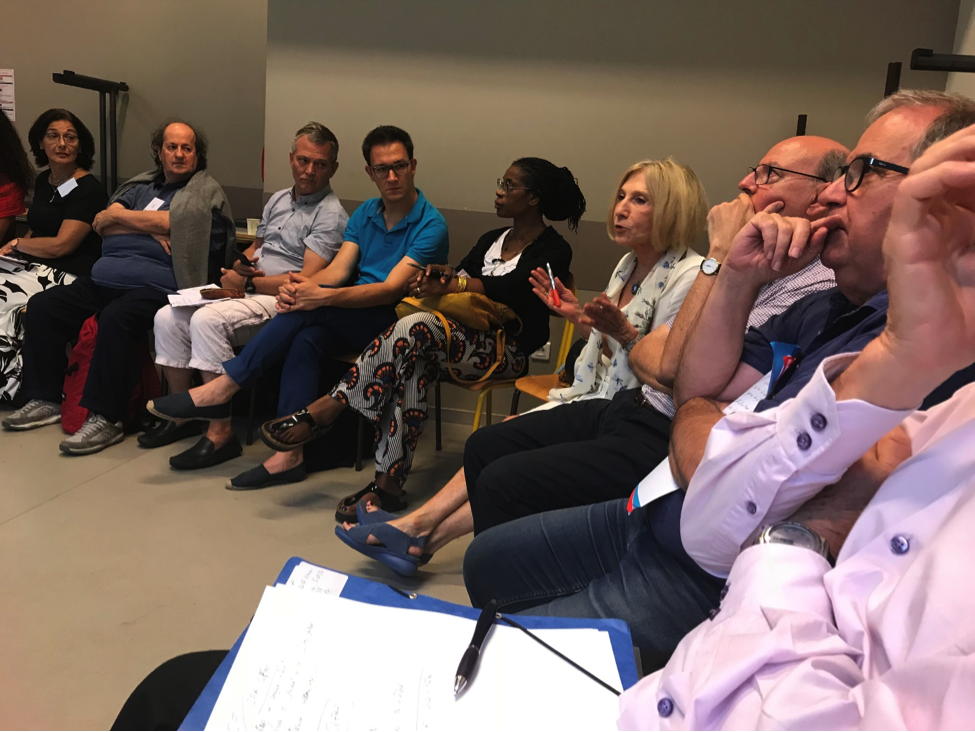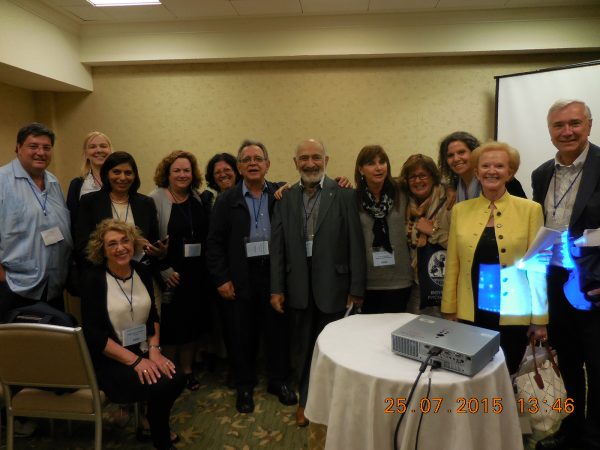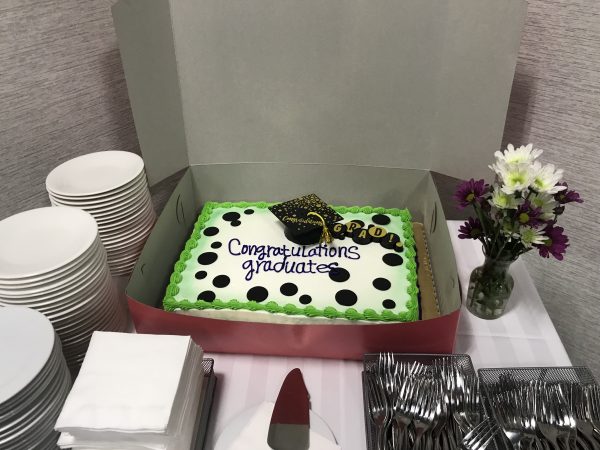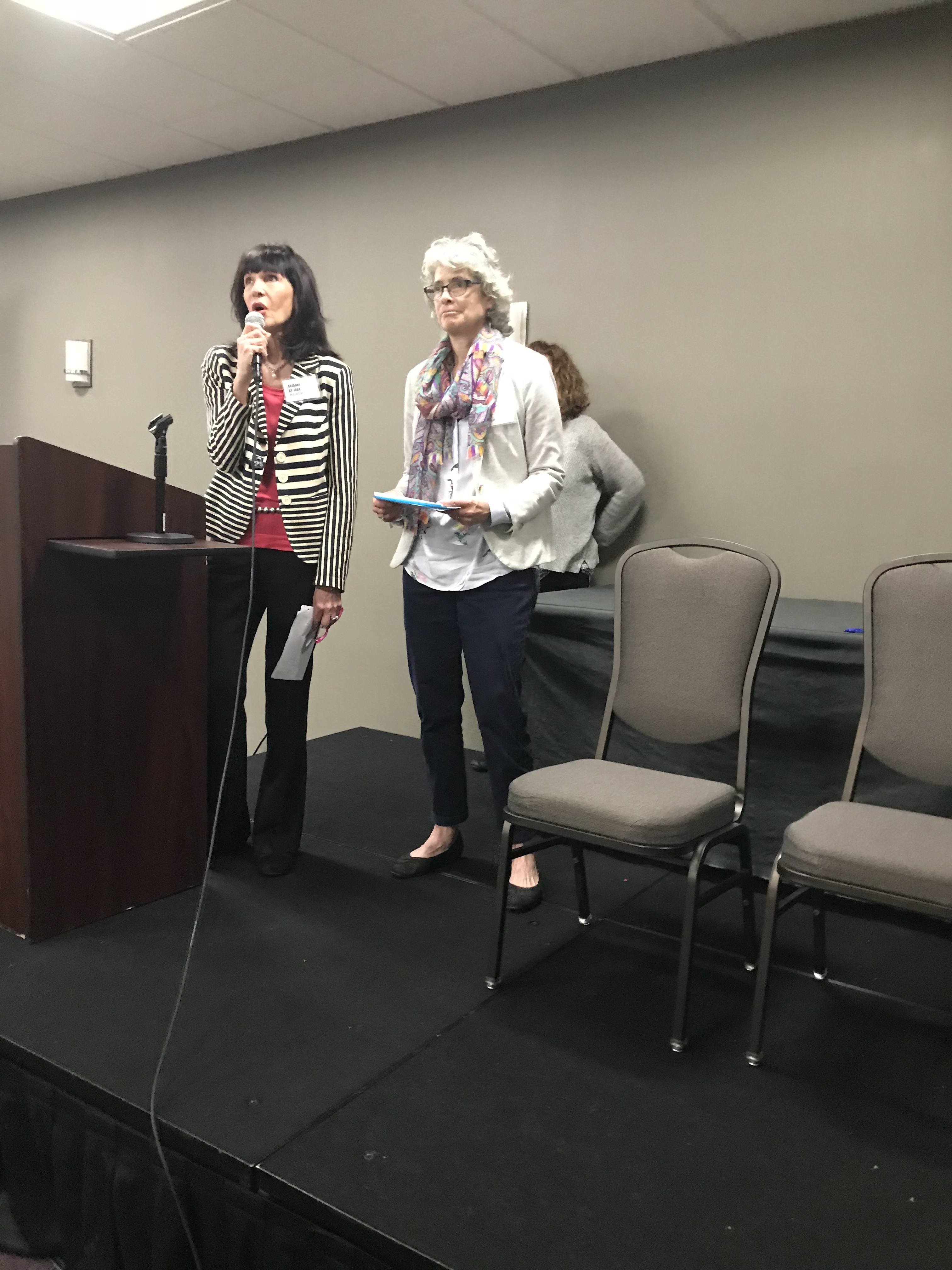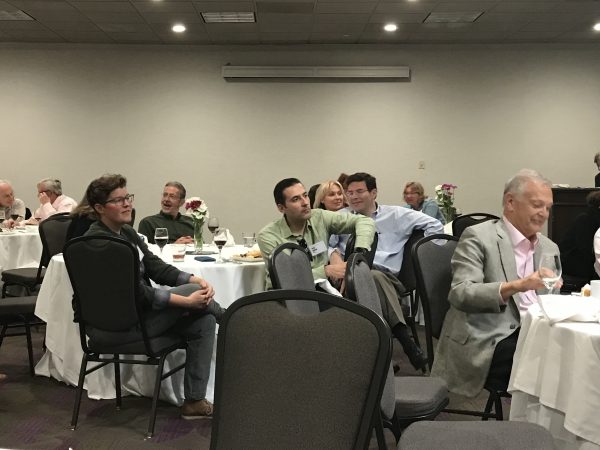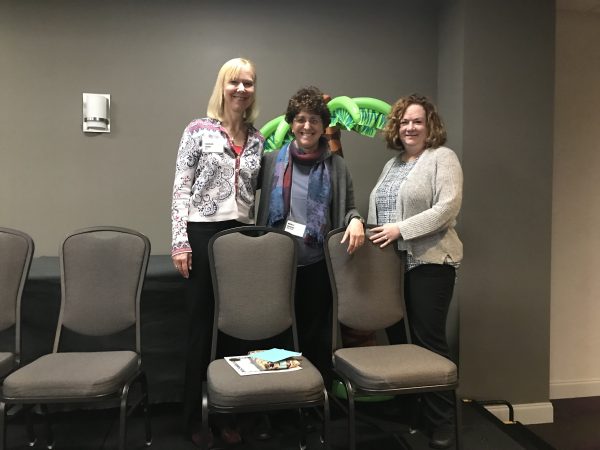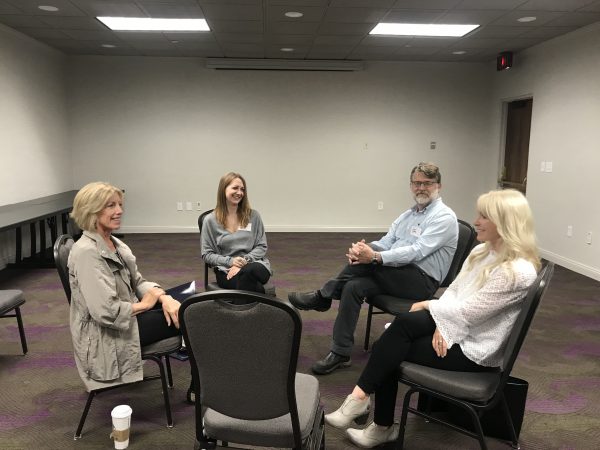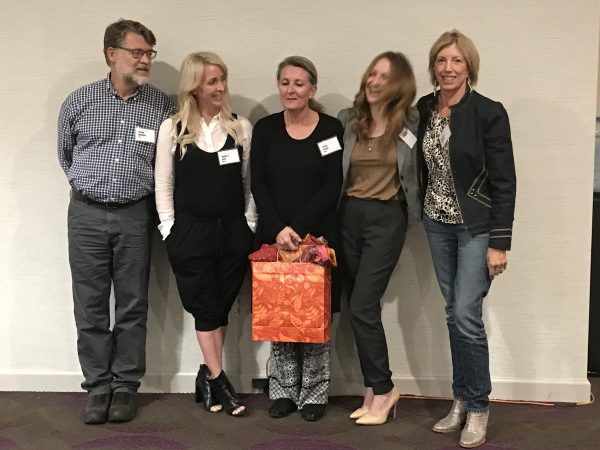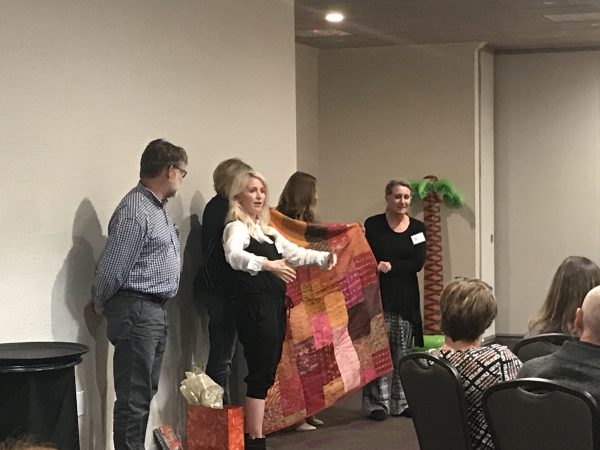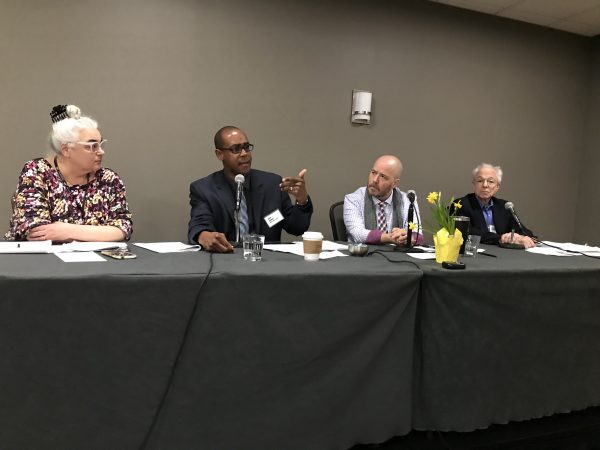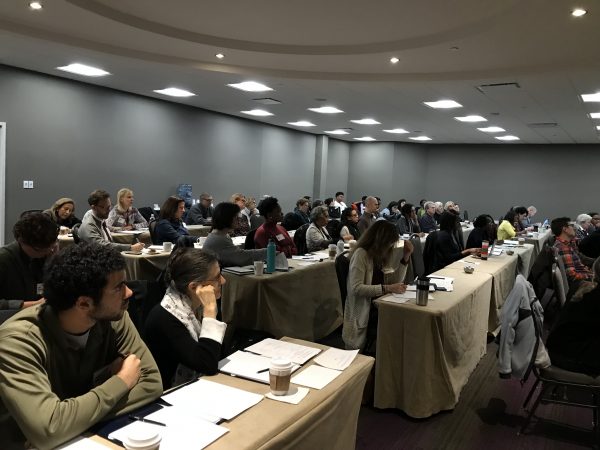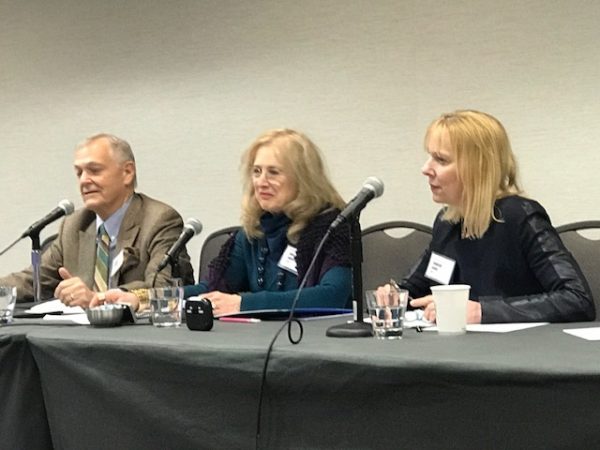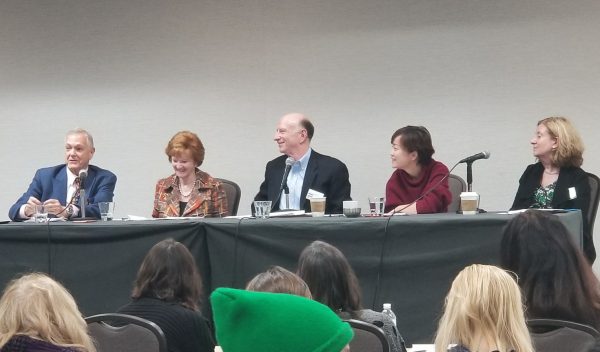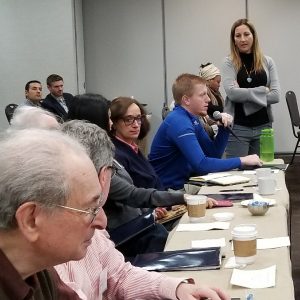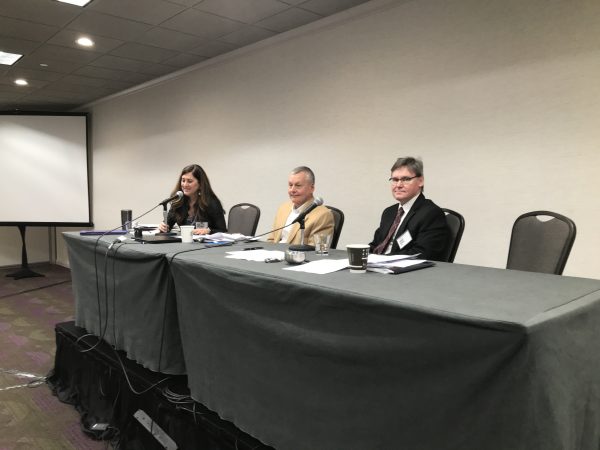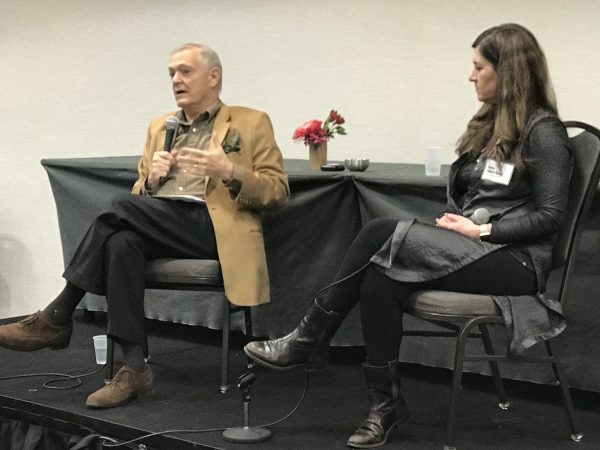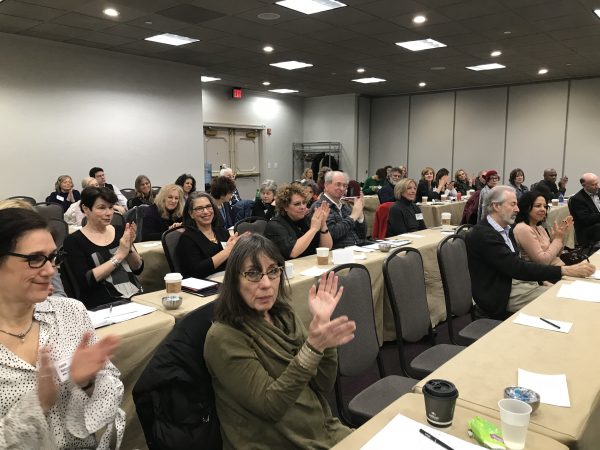During the November 8th through 10th weekend of 2019, the International Psychotherapy Institute hosted the French psychoanalyst Alain Gibeault. French analytic writing is often criticized by British and American analysts as overly abstract, lacking in clinical detail, and often difficult to follow; nonetheless, Dr. Gibeault’s presentation, particularly the video recordings of his patient Francois – a man who was legally committed to mental health treatment following his murder of an elderly woman during a psychotic break – gave us a first-hand look at how French psychoanalytic thought can be applied in the treatment of people with overwhelming psychotic terror. In Francois’s case, psychodrama was used by Dr. Gibeault and his colleagues to provide a mediator for the patient to begin to make sense of his otherwise unrepresentable mental state. Rather than applying direct interpretation in an analytic dyad, which is the usual clinical approach in most psychoanalyses, Dr. Gibeault and his team allowed Francois to choose characters among the hospital staff to play out, in real time, the dramas that were occurring in his mind. That part of Francois that killed an elderly woman in his psychosis was re-presented to Francois in a session of psychodrama by an ‘actor-therapist’ who improvised a murderous old woman that Francois ran into while riding on a commuter train. In another session, Francois’s brother was depicted as a carefree, somewhat envious character with whom Francois could interact – and at as much distance as the mediation of the psychodrama would allow. In this way Francois could experience aspects of murderous rage and envy, as represented by the actor-therapist, rather than having to own it as a direct aspect of himself. In other words, rather than attempting to understand and interpret to Francois the unconscious derivatives of his intense envy and murderous rage in a two-person analytic relationship – an approach that Dr. Gibeault believed would probably be too overwhelming for Francois given his inherent engulfment and fusion anxieties that lay at the heart of his psychosis – the mediation of the multiple actors in the psychodrama allowed Francois to begin to think about his experience in a way that he could tolerate.
As I reflect on this particular weekend at IPI, I find myself drawn to the idea of the Group Affective Model as a kind of psychodrama. The Group Affective Model – or GAM group – is a unique aspect of training at IPI that brings to life, much like in psychodrama, the often very complex theoretical and clinical material that participants are trying to digest. Though not itself a “therapy group”, participants in small GAM groups of between four and let’s say ten individuals, are nonetheless encouraged to bring in their own affective material, often derived from their personal lives or immediate experiences of the weekend. By interacting in this way the GAM group works to understand, as a group, the different facets of the material under discussion. As such, what is learned at an IPI weekend is never only theoretical. Rather, it comes to life in some form or another as a memorable emotional experience from which any and all of the members of the group can learn – each in their own way. Given that this weekend was on the terror of non-representative states and the defensive use of psychosis as a way of negotiating the horror of experiencing psychic “nothingness”, it is not surprising that groups would get in touch with psychotic aspects of themselves as a group. It was so in my own GAM group as well as in others’ groups that I had heard about. This is not something to be concerned about as much as it is an opportunity to think about, particularly après coup – in the context of the theoretical material being presented over the weekend.
In thinking about the GAM group at IPI, I am also reminded of Dr. Gibeault’s discussion of the necessity of “the director” of a psychodrama (or of a GAM group, or even of an institute as a whole) as a representative of the ‘thirdness’ – or the analytic third – of the group. The director serves as a container and a mediator, a kind of Perseus’ shield between the raw experience of group members and their distance from the material under discussion. With a good enough “director”, the experience of the psychodrama can be mediated in a way that makes it possible to appropriately reflect upon what is occurring in order that it can be learned from as an experience. Obviously, there is nothing quite so good as a “good enough” anything. In that way, we struggle, as indeed we did once again this past weekend, to understand the ideas presented during the weekend in the context of our own unique clinical experience as well as in ourselves in ever new and enriching ways. Taken in its entirety, this was once again my experience of an IPI weekend – and one that will remain as my own experience in the learning group of analytic training at IPI over the last several years.
Matthew H. Rosa, M.D. – 4th Year Analytic Candidate

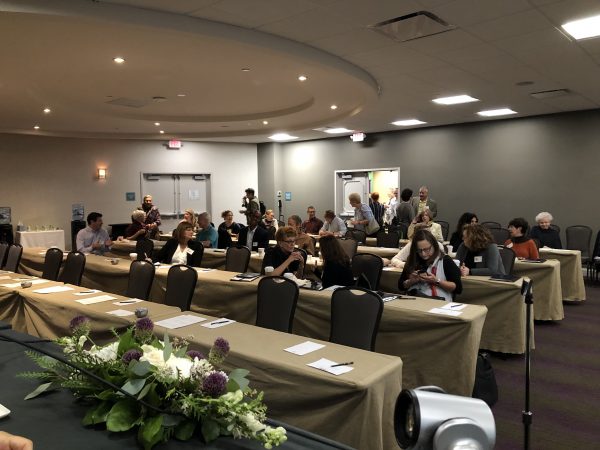
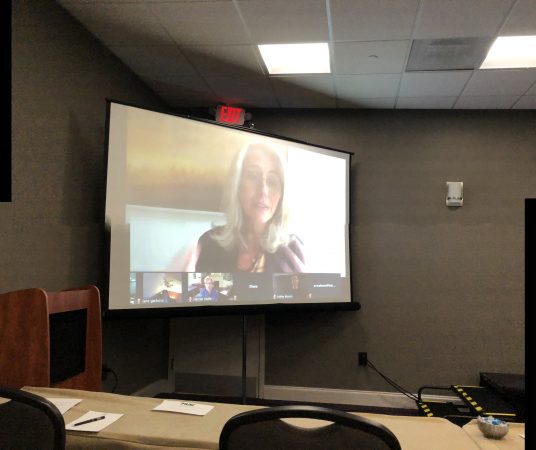 I learn that Internet pornography, which obviously fundamentally interferes with sexual desire and development in adolescence, is now leading to sexual dysfunction in young people of the digital generation. Why is this happening in this age of enlightenment about sexuality? They spend their life online and pornography is not only regularly available but also jumps out at them. Ready access to pornography stimulates desire and leads to the delivery of instantaneous satisfaction. There is no need of delay. Under normal circumstances desire experiences a delay before there is the delivery of satisfaction. But in internet pornography there is no need of a journey towards gratification all because it is already there. This collapse of time and space incurs a stultification of psychic dev
I learn that Internet pornography, which obviously fundamentally interferes with sexual desire and development in adolescence, is now leading to sexual dysfunction in young people of the digital generation. Why is this happening in this age of enlightenment about sexuality? They spend their life online and pornography is not only regularly available but also jumps out at them. Ready access to pornography stimulates desire and leads to the delivery of instantaneous satisfaction. There is no need of delay. Under normal circumstances desire experiences a delay before there is the delivery of satisfaction. But in internet pornography there is no need of a journey towards gratification all because it is already there. This collapse of time and space incurs a stultification of psychic dev